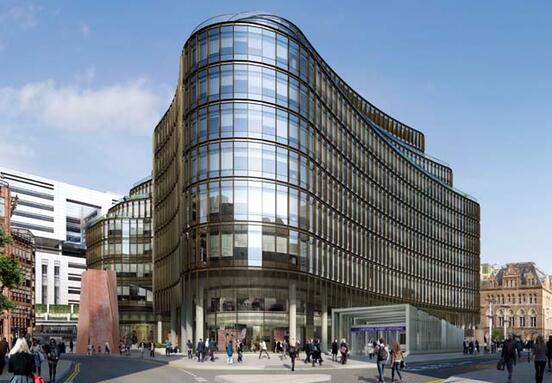Has the economic downturn affected any projects you have worked on recently?
The economic downturn happened 5 years ago – that’s a full leasing cycle. I’m convinced that the take-off of green building practices across Central Europe would have been much slower without the economic crisis. By essentially putting a total break on new development projects for 18-24 months, the crisis provided time for developers to incorporate sustainability into their development plans.
On the operational side, our experience suggests that the harder the economic downturn, the more sustainability has been integrated into building operations. Certainly, my experience suggests that a typical office building in Budapest today is much more efficiently operated than a comparable building in Warsaw.
Who do you feel is currently driving thesustainable movement, developers, clients or the government itself?
The movement is driven by developers, international tenants and investors. Developers use sustainability as a market differentiator. Tenants are anxious to realize the productivity benefits provided by the improved indoor environment in green buildings, as well as the more measurable decreases in energy costs. Finally investors realize that the market has changed and sustainability will not go away – that means if a building isn’t “green” when they buy it they will have to do something during the holding period or they won’t be able to exit.
Is it true that occupiers are expecting buildings to be certified now in order for them to be considered sustainable?
In Central Europe I don’t think any tenant would believe a developer who claimed his building was sustainable if it was not certified. At the same time, I don’t think any developer would take the effort to make his building sustainable without spending the minimal amount extra necessary to get the actual certification.
Would you say that taking the green building route leads to market differentiation, or has the market expanded too quickly that it is not a new pathway forward?
Almost all speculative office buildings constructed across Central Europe today are being certified, so the advantage in direct competition is perhaps limited. In the larger market that is certainly not true, as green buildings make up only a small part of the total office stock in every market. Green buildings are generally newer and higher quality; and thus the differentiation against the remainder of the market is quite valuable.
What are your expectations of the future in the commercial real estate market?
Within the next 2-3 years we expect that green building certification will be required for a building to qualify as Class A in Central Europe. This means it will become “standard” and buildings will begin to compete on the actual benefits the sustainable features of their building provide to tenants.
How are companies going to respond to the changes in the commercial real estate market?
Knowledge. Today the actual impact of sustainability on any particular building is generally poorly understood – even by members of the project team. As the infrastructure surrounding green buildings continues to develop and as the green building stock continues to increase the concepts will be better understood and the impact of specific sustainable features will be more widely marketed. Companies active in commercial real estate will have to know more to effectively capitalize upon sustainability in the future.
How are you responding?
This is all I do, every day of every week. I’m spending more and more time working with RICS Europe to influence EU policy around sustainability. I’m also focusing on educating real estate professionals, within Colliers International, within Hungary and across the region.
Publisher: greenbuildinginfo.eu
source: greenbuildinginfo.eu



